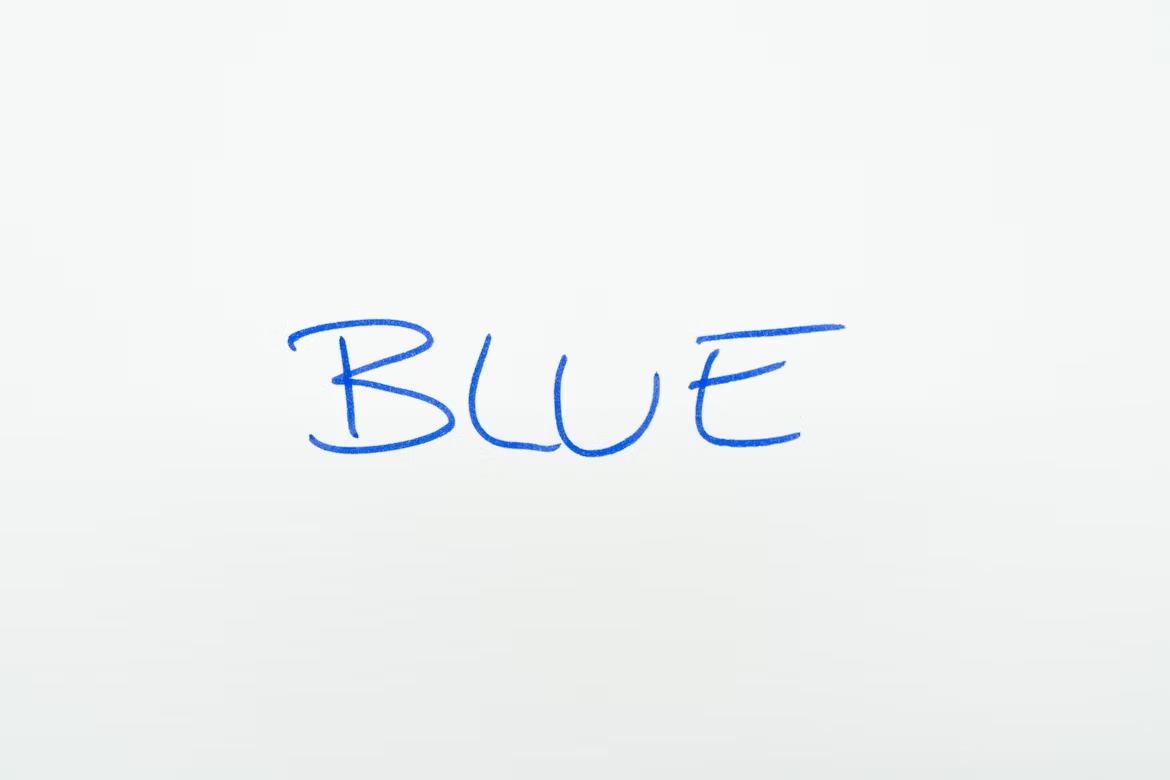
Color is one of the most powerful tools in a designer’s toolkit.

September 18, 2025

Let's talk about blue for a second. Everyone thinks they understand blue. It's trustworthy, calming, professional, reliable. That's why every bank, insurance company, and tech giant slaps it on their logo and calls it a strategic decision.
But here's what they don't teach you in Brand Color 101: context changes everything. That same trustworthy blue that works perfectly for a financial app might make your restaurant look like a hospital cafeteria. The calming blue that's perfect for a meditation app could make your fitness brand feel lazy and unmotivated.
Color psychology isn't a universal language. It's more like a series of cultural inside jokes that only make sense if you're part of the right group. Red means passion and energy in Western cultures but represents good fortune and celebration in Chinese culture. White symbolizes purity and cleanliness to Americans but represents mourning and death in many Asian cultures. Purple was once the exclusive color of royalty because purple dye was impossibly expensive to produce. Now it's the color of budget airlines trying to appear unexpected and disruptive.
The great millennial pink phenomenon illustrates this perfectly. What started as a rebellious rejection of traditional gender color coding became so ubiquitous that it now signals trying too hard to be millennial-friendly. Brands rushed to adopt it without understanding why it worked for the original adopters.
Consider how environmental context affects color perception. That forest green that feels natural and organic in an outdoor gear catalog might feel institutional and cold in a tech startup's office. The warm orange that energizes a fitness studio could feel aggressive and overwhelming in a spa setting.
Cultural context matters just as much. McDonald's famous red and yellow combination works because it triggers appetite and urgency in Western markets. But in countries where red has different cultural meanings, the same combination can feel completely inappropriate or even offensive.
Industry context creates another layer of complexity. Financial services gravitate toward blue because it suggests stability and trustworthiness. But when every bank uses the same shade of blue, the color loses its differentiating power. It becomes wallpaper instead of communication.
The smartest brands understand that color isn't about what it means in isolation. It's about what it means in context. Tiffany & Co. didn't make blue mean luxury. They made their specific blue mean Tiffany. UPS didn't make brown trustworthy. They made trustworthy brown through decades of consistent application and service delivery.
This is why color strategy goes beyond picking pretty combinations from a mood board. It requires understanding your audience, your industry, your cultural context, and your competitive landscape. It means testing how colors actually perform in real-world applications, not just how they look in presentation decks.
Your brand's color palette shouldn't follow psychology textbooks blindly. It should create its own psychology through consistent, strategic application over time. The goal isn't to choose colors with the right associations. It's to build the right associations for your chosen colors.
© 2025 PLTFRM Studio LLP. All Rights Reserved.
Built By
Team PLTFRM